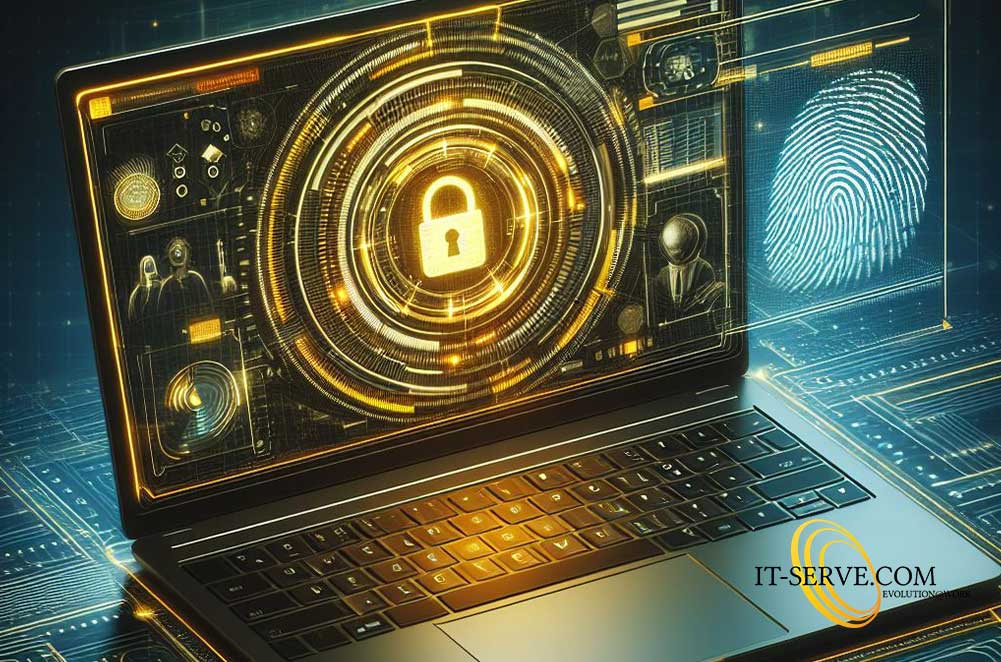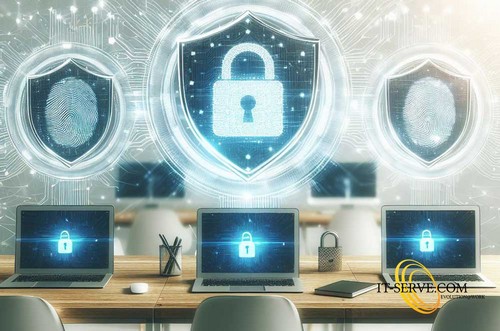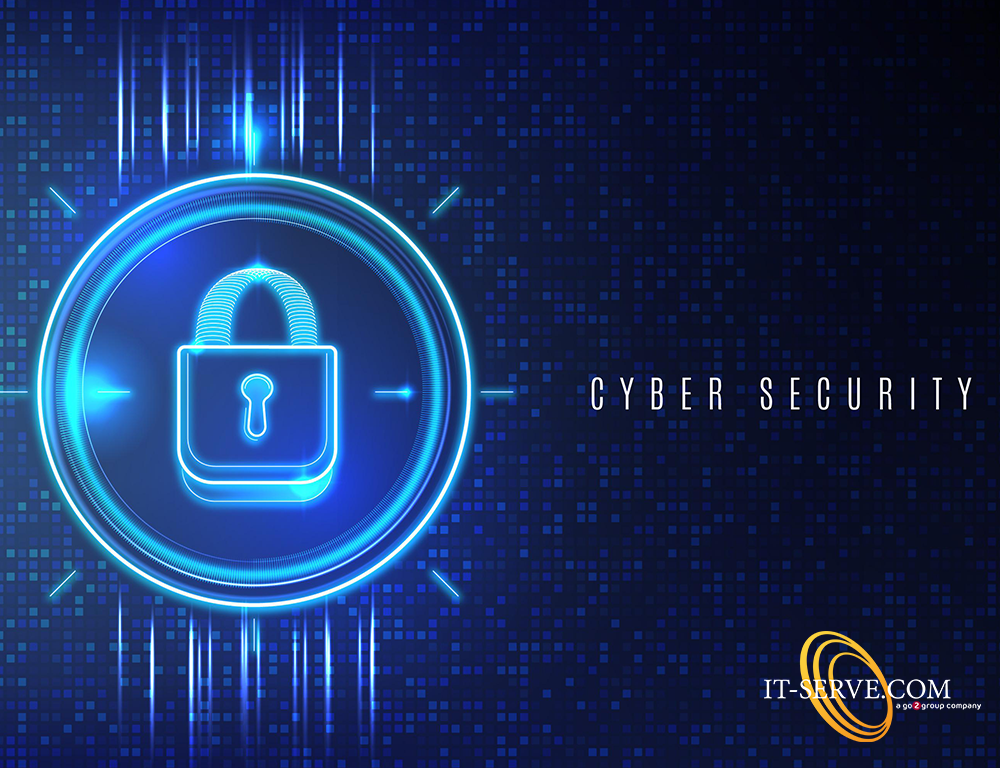
As the calendar reads 2024, the traditional password is facing increasing scrutiny. As businesses in Dubai strive to bolster their digital defences, the limitations of passwords become apparent. Join IT-Serve on a journey as we explore the future of authentication, transcending the confines of passwords and embracing innovative methods to safeguard your organization's sensitive data.
The Password Predicament:
Passwords have long been the guardians of our digital identities, but their vulnerabilities are becoming more pronounced. From weak passwords to the challenges of remembering multiple credentials, the need for a more secure and user-friendly authentication landscape is evident. Let's delve into the future of authentication to discover what lies beyond the realm of passwords.
1. Biometric Authentication:
Biometric authentication, leveraging unique physical or behavioral attributes, is gaining traction as a password alternative. Fingerprint recognition, facial scans, and even retina scans offer a more secure and convenient means of verifying identity. As technology advances, biometrics provide a level of authentication that is not easily replicated or compromised.
2. Multi-Factor Authentication (MFA):
MFA, an authentication method requiring users to present two or more credentials from different categories, adds an extra layer of security. Combining something you know (password), something you have (smartphone or token), and something you are (biometric) significantly reduces the risk of unauthorized access. MFA is becoming a standard practice in enhancing cybersecurity defences.
3. Behavioural Biometrics:
This innovative approach analyses user behaviour patterns, such as typing speed, mouse movements, and device interaction. By creating a unique profile for each user, behavioural biometrics can identify anomalies and potential security threats, offering continuous authentication throughout a user's session.
4. Passwordless Authentication:
The future envisions a world without passwords. Passwordless authentication methods, such as token-based systems or biometrics, eliminate the need for users to remember complex passwords. This not only enhances security but also simplifies the user experience, reducing the risk of password-related vulnerabilities.

Embracing the Future:
The transition from traditional passwords to advanced authentication methods requires a strategic and user-friendly approach. Here's how businesses can navigate this shift:
1. User Education:
Empower your workforce with knowledge about the limitations of passwords and the benefits of adopting new authentication methods. A well-informed user is a crucial component of a secure authentication strategy.
2. Integration with Existing Systems:
Implementing advanced authentication methods should seamlessly integrate with existing systems. Businesses need solutions that enhance security without causing disruption to daily operations.
3. Continuous Monitoring:
With behavioural biometrics and other advanced authentication methods, continuous monitoring becomes essential. Proactively identifying anomalies and potential security threats ensures a swift response to emerging risks.
4. Scalability:
Choose authentication solutions that can scale with the growth of your business. Scalability is crucial to adapting to evolving security needs without compromising efficiency.
The future of authentication is evolving, and businesses in Dubai are at the forefront of this transformation. As IT-Serve continues its commitment to empowering organizations with cybersecurity knowledge, we encourage businesses to look beyond passwords and embrace innovative authentication methods. The passwordless era is on the horizon, offering not only heightened security but also a more user-friendly experience. Stay secure, stay ahead, and let's navigate the future of authentication together. Your digital fortress awaits a stronger, password-free future!



















